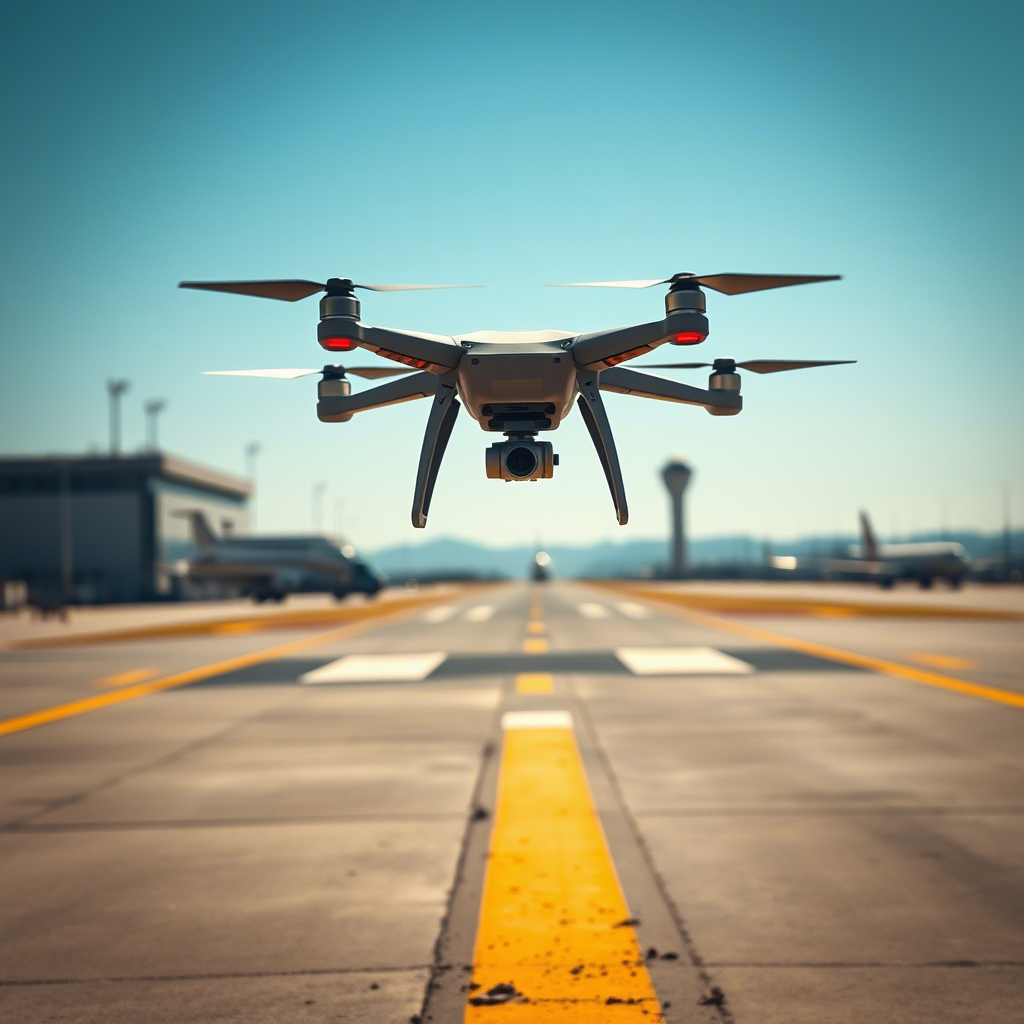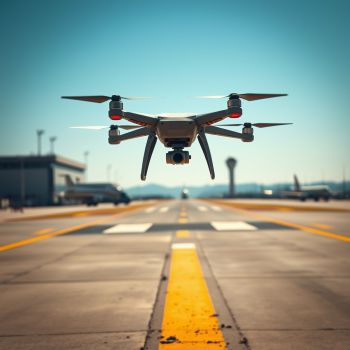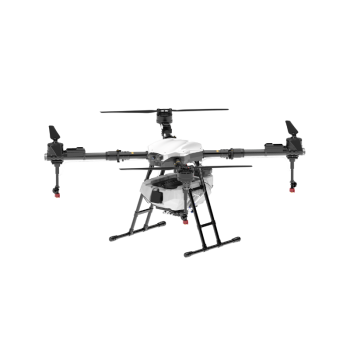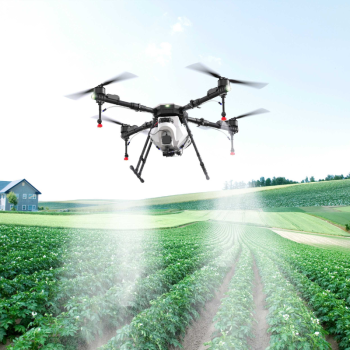Breakthroughs in long-range agricultural drone technology
Technological Breakthroughs in Long-Endurance Plant Protection Drones
The demand for plant protection drones with extended flight times is growing rapidly, driven by the need to cover larger agricultural areas efficiently while minimizing downtime. Long-endurance capabilities are critical for reducing operational costs and improving productivity, especially in vast or remote farming regions. Recent advancements in energy storage, aerodynamics, and energy management systems are pushing the boundaries of what these drones can achieve.
Innovations in Battery Energy Density and Charging Efficiency
One of the primary limitations of traditional drone batteries has been their relatively low energy density, which restricts flight time to 20–40 minutes per charge. However, breakthroughs in lithium-sulfur (Li-S) and solid-state battery technologies are addressing this challenge. Li-S batteries offer up to three times the energy density of conventional lithium-ion cells, potentially doubling flight durations. Meanwhile, solid-state batteries eliminate the need for liquid electrolytes, reducing the risk of leaks and enabling faster charging cycles. These advancements are still in the research phase but show promise for commercial adoption in the near future.
Another area of focus is wireless charging systems. Inductive charging pads placed in the field allow drones to recharge automatically during landing, eliminating the need for manual battery swaps. Some prototypes even explore solar-powered charging stations, where drones can harvest energy from the sun during idle periods. These systems are particularly useful in remote areas where access to power grids is limited, ensuring continuous operation without human intervention.
Aerodynamic Design Optimization for Reduced Energy Consumption
Flight efficiency plays a crucial role in extending endurance. Engineers are rethinking drone designs to minimize drag and improve stability. For example, blended wing body (BWB) configurations, which integrate the wings and fuselage into a single airfoil, reduce turbulence and lower power requirements. Some drones now feature morphing wings that adjust their shape mid-flight to optimize performance in varying wind conditions, further conserving energy.
Lightweight materials are another key factor. Carbon fiber composites and advanced polymers are replacing traditional aluminum frames, reducing overall weight without compromising structural integrity. Additionally, 3D-printed components allow for intricate internal structures that enhance strength while minimizing material use. These innovations collectively contribute to longer flight times by lowering the energy needed to stay airborne.
Hybrid and Alternative Propulsion Systems for Sustained Power
To overcome the limitations of electric batteries, researchers are exploring hybrid propulsion systems that combine electric motors with small internal combustion engines or fuel cells. Hybrid drones can switch between power sources based on demand, using electric power for takeoff and landing—when precision is critical—and switching to fuel-based power for cruising. This approach extends flight time by several hours, making it ideal for large-scale operations.
Hydrogen fuel cells are also gaining attention as a clean alternative to fossil fuels. These cells generate electricity through a chemical reaction between hydrogen and oxygen, producing only water vapor as a byproduct. Early prototypes have demonstrated flight times exceeding three hours, with refueling times as short as five minutes. While infrastructure for hydrogen production and distribution remains a challenge, ongoing investments in green hydrogen technologies could make this a viable option for sustainable long-endurance drones.
Energy Management Software for Intelligent Power Allocation
Advanced algorithms are playing an increasingly important role in maximizing battery life. Machine learning-based energy management systems analyze real-time data, such as wind speed, payload weight, and flight path, to optimize power usage. For instance, the software might adjust motor speeds to compensate for headwinds or reroute the drone to avoid areas requiring excessive climbing. Some systems even predict battery degradation over time, adjusting performance parameters to prevent sudden failures.
Dynamic payload management is another emerging feature. Drones equipped with multiple compartments can jettison empty containers mid-flight, reducing weight and extending range. Similarly, smart sensors can deactivate non-essential components, like high-resolution cameras, when not in use, conserving energy for critical tasks like spraying or mapping. These intelligent systems ensure that every watt of power is used efficiently, pushing the limits of endurance.
Regenerative Energy Harvesting During Flight
While still in the experimental stage, regenerative energy harvesting technologies aim to capture and reuse energy generated during flight. Some prototypes incorporate small wind turbines or piezoelectric materials that convert vibrations into electrical power. Others explore thermoelectric generators that exploit temperature differences between the drone’s body and the surrounding air. Although these methods currently produce only modest gains, they could become significant contributors to overall endurance as the technologies mature.
Solar panels integrated into the drone’s wings or fuselage are another promising avenue. While traditional solar cells add weight and offer limited power generation, next-generation perovskite solar cells are lighter and more efficient, capable of producing meaningful energy even under cloudy conditions. Future drones might combine solar harvesting with other propulsion methods to achieve near-unlimited flight times for specialized applications like border surveillance or environmental monitoring.
By integrating these breakthroughs—from advanced batteries and aerodynamic designs to hybrid propulsion and intelligent energy management—the next generation of plant protection drones will redefine what’s possible in agricultural efficiency. These innovations not only extend flight times but also enhance reliability, sustainability, and cost-effectiveness, ensuring that farmers can meet the growing demands of global food production.




